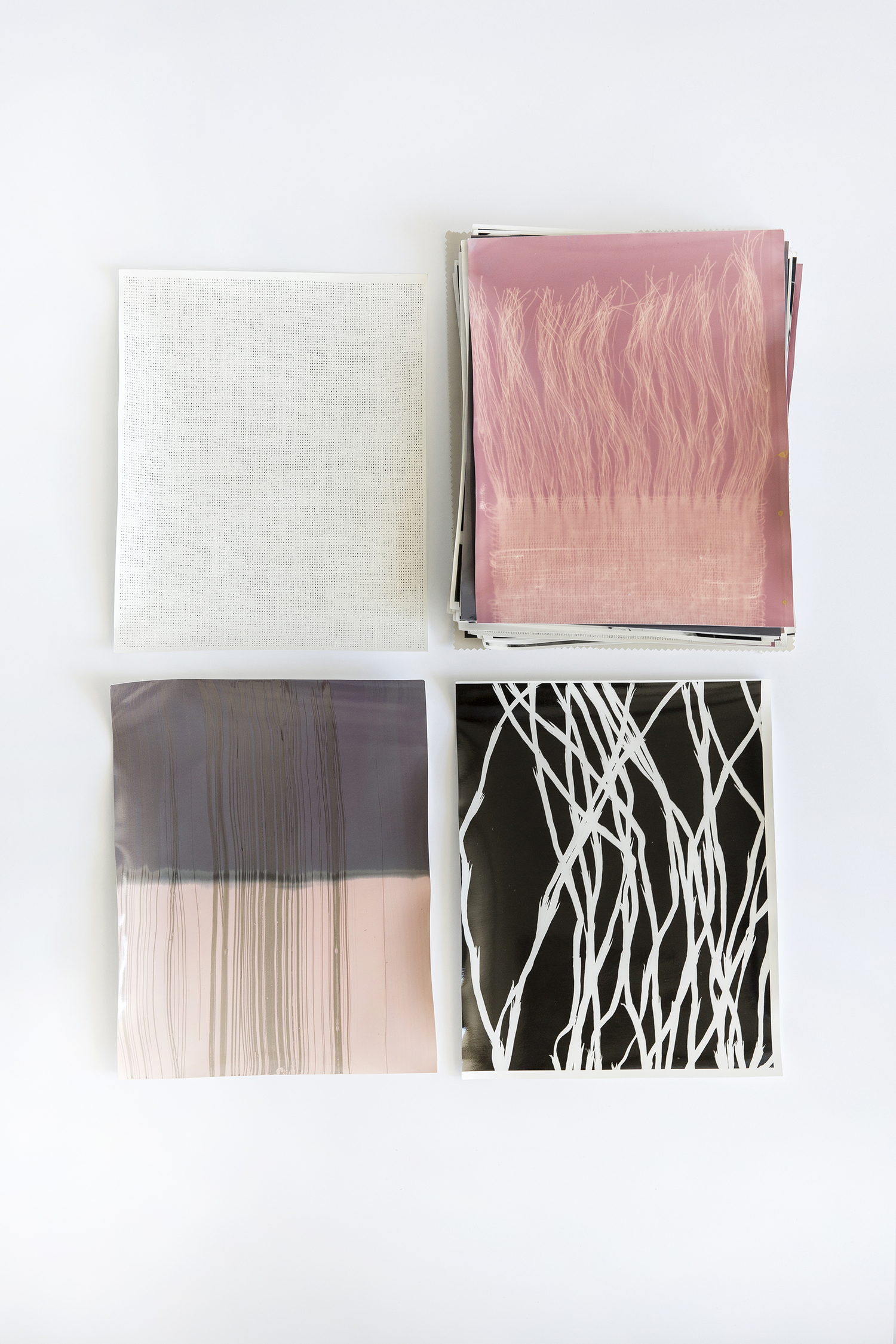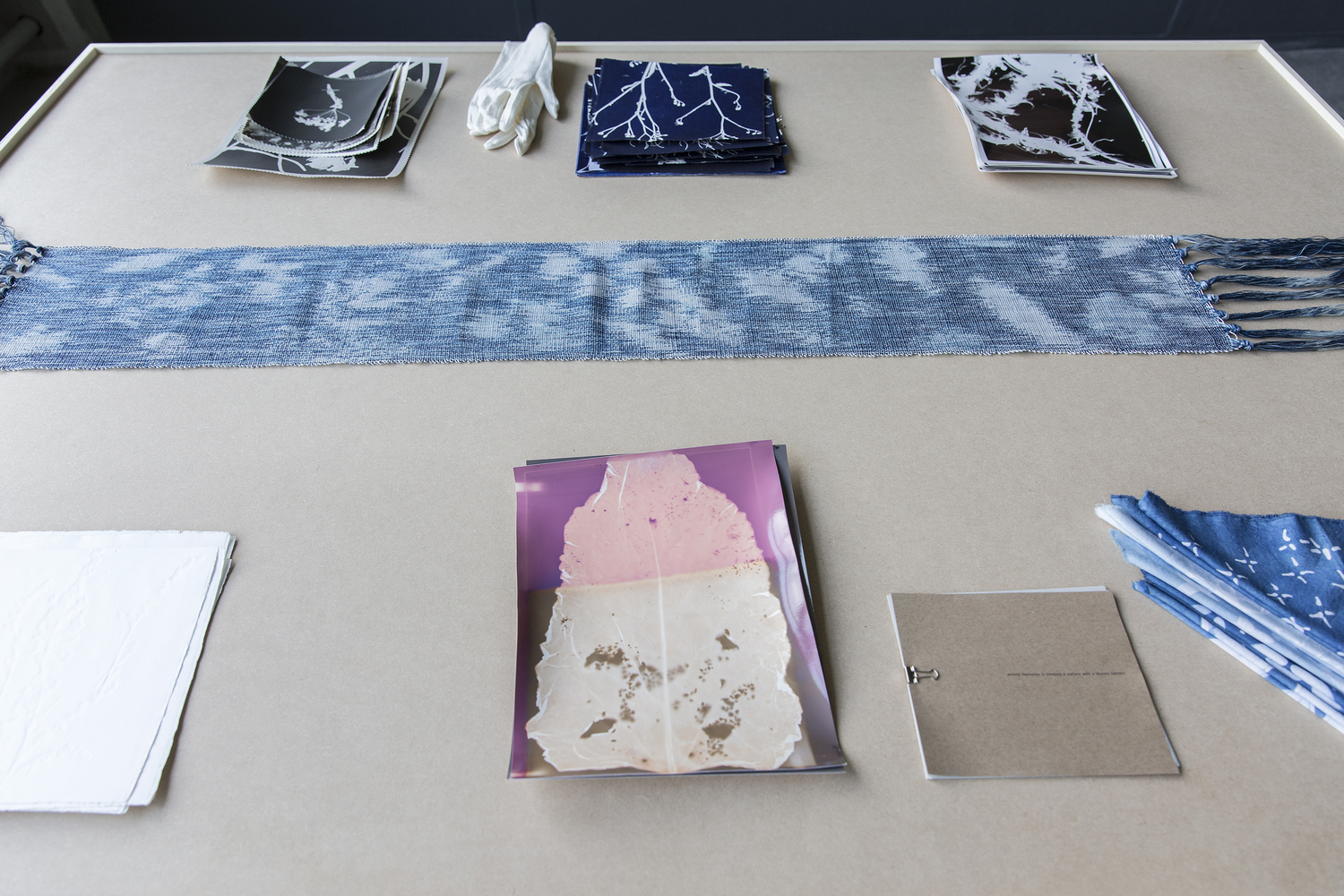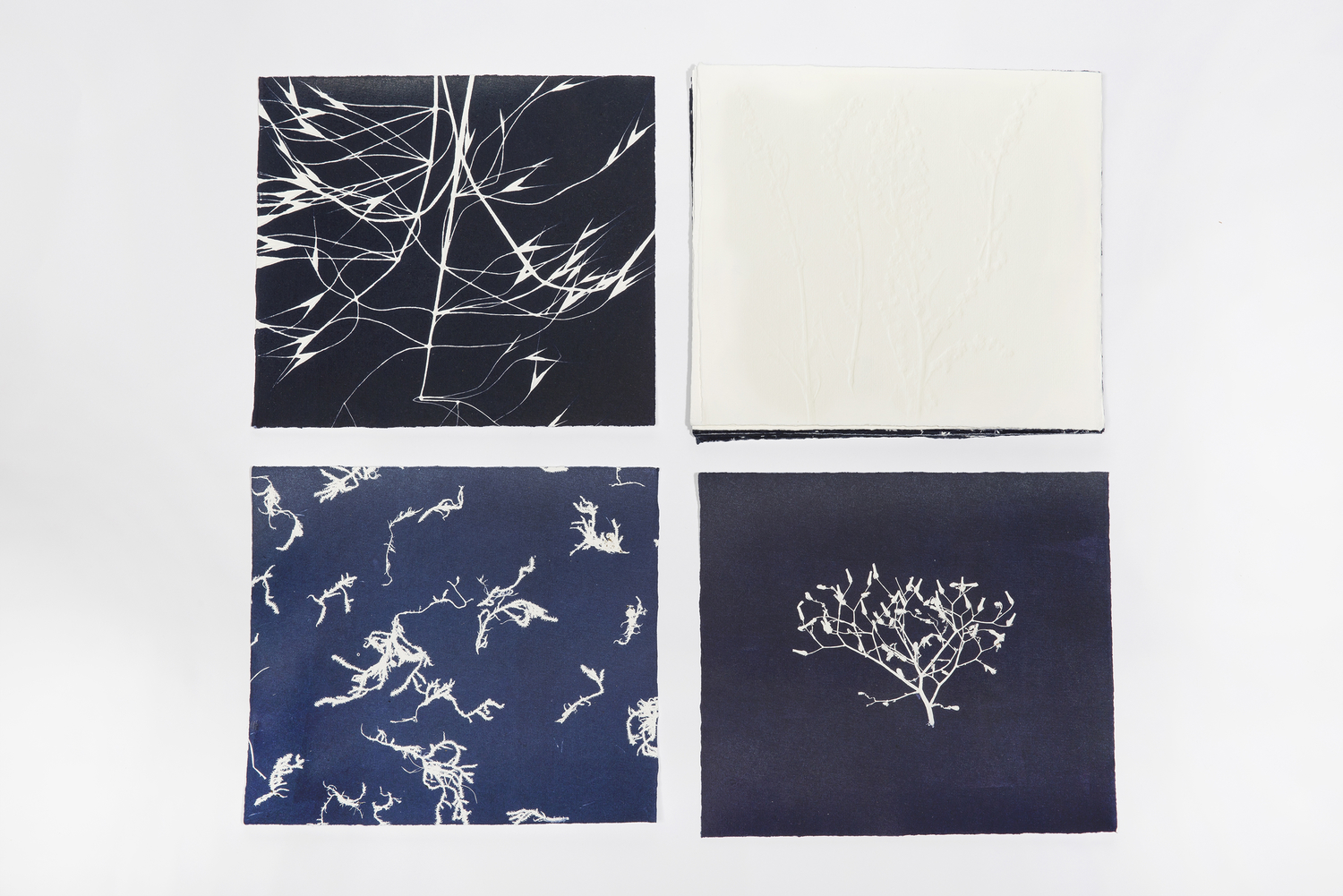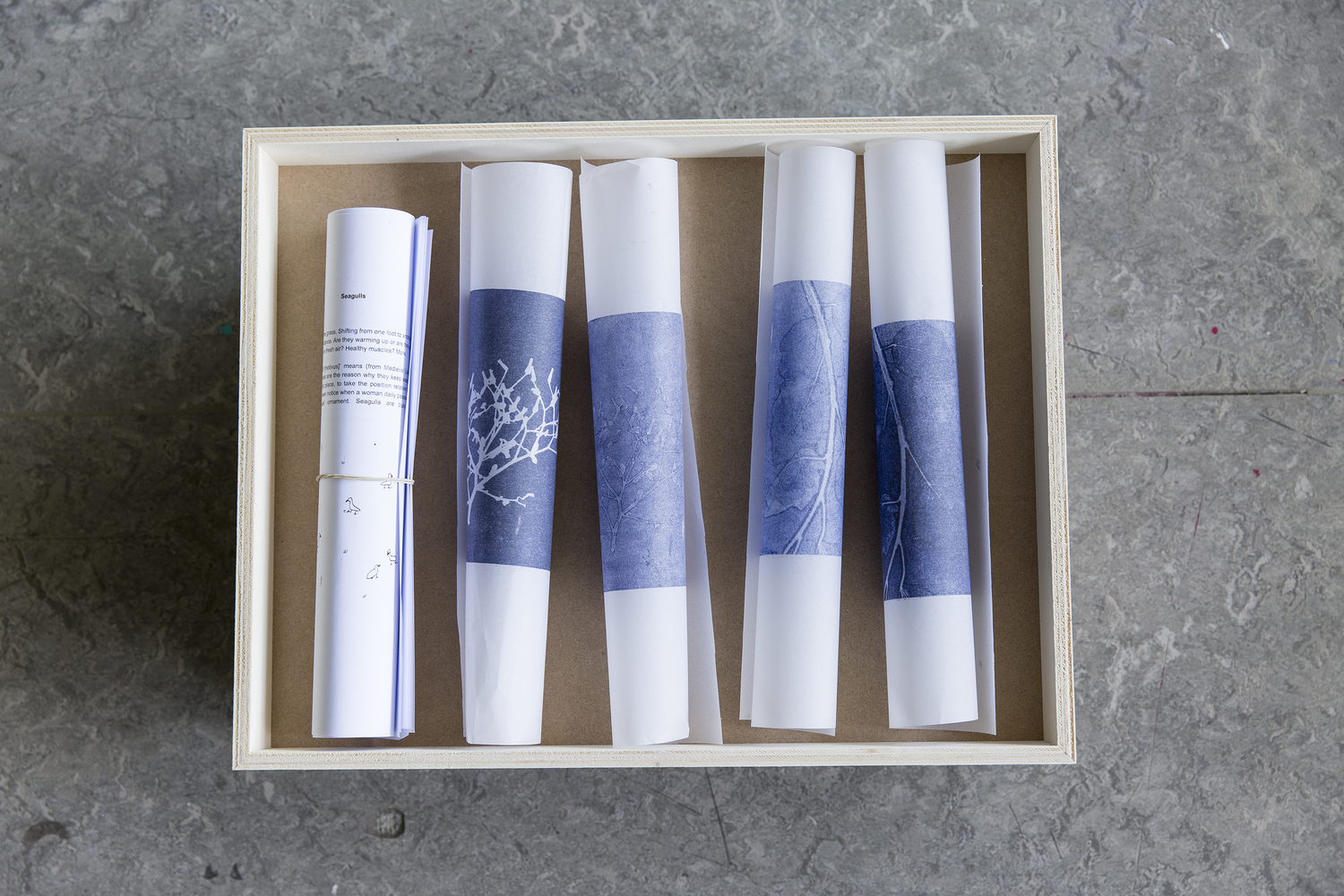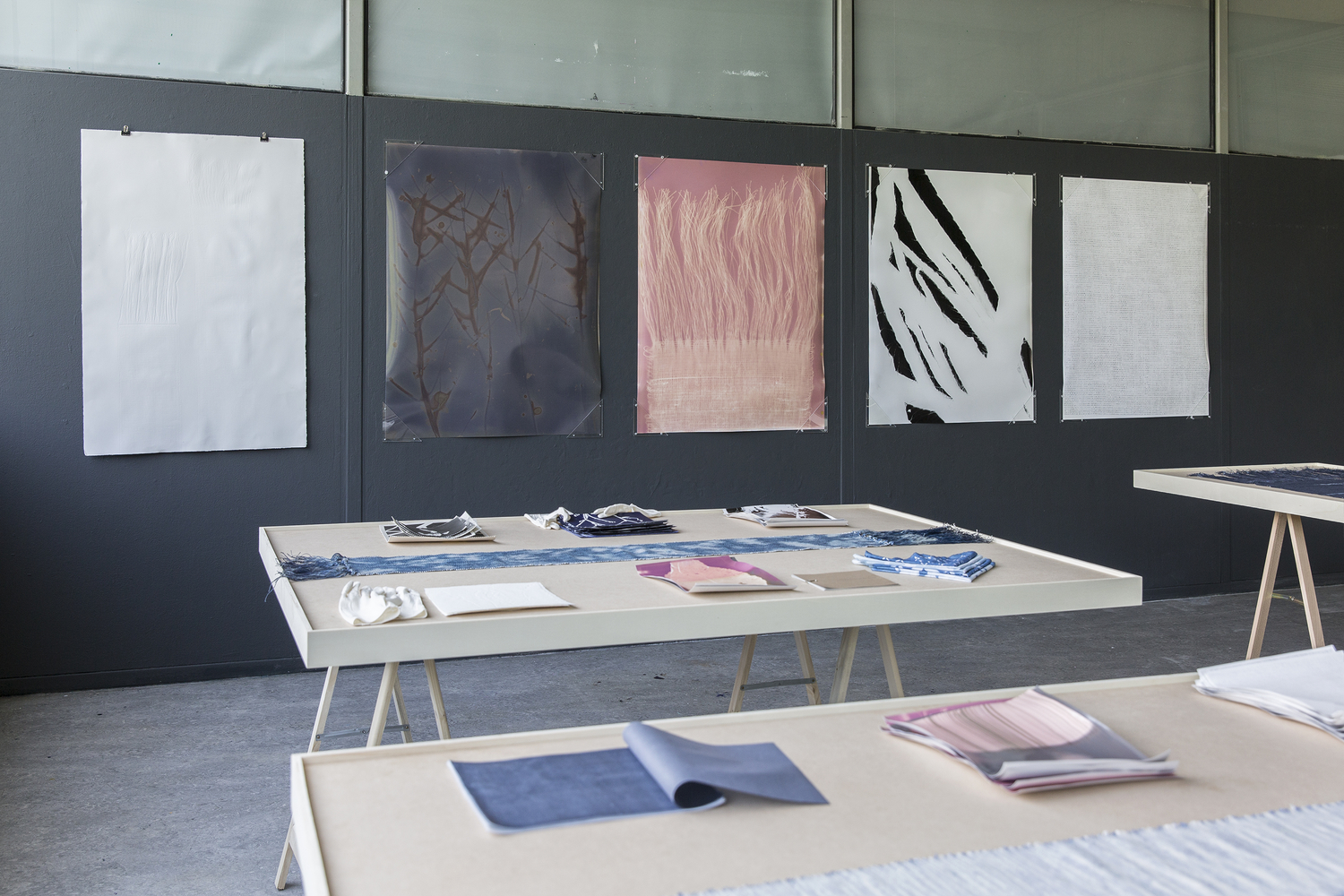
Russia, 1988
cargocollective.com/pimpim
Thesis: Writing memories is creating a surface with a blurred pattern
What are memories? Are they sharp or are they vague, in focus or blurred? Are they like two big trees outside or are they like an elusive reflection on a water surface? Do they resemble a group of seagulls playing in a meadow or are they just slight traces of their numerous feet on the grass?
Two grandmothers, two women. One grew up in a big city, taught physics in a military academy
all her life. She wore her long golden-blond hair in a beam. She loved ballet and she paid
attention to style. She loved wearing dresses with a flower pattern.
The second grandma lived all her life in a small provincial town. She taught chemistry at a local college. During our visits, she had been constantly cooking in the kitchen, darning holes in tights, sewing blue duvet covers for the warm blankets for my sister and myself. On a top shelf of her wardrobe she had always had a pile of blue clothes and garments that she prepared for her funeral. Her favourite colours were light blue and dark blue.
Two people. Two approaches to life and very different quality of life. Two different ways of
approaching textile. One scenical and romantic, another practical and grounded. At some point
they coincide a bit, intertwine. Maybe they intersect in me.
My work is a continuation or, so to say, further development of the thesis. An attempt to
reconstruct a portrait of two women through memories, through the ‘mental fragments’ recalling
their clothes, through looking at old black and white pictures, with the help of the stories from my parents and my sister. Though these memories seem very realistic, most probably are actually vague, with blurred boundaries.
They come and disappear, creating a certain rhythm, a pattern.
